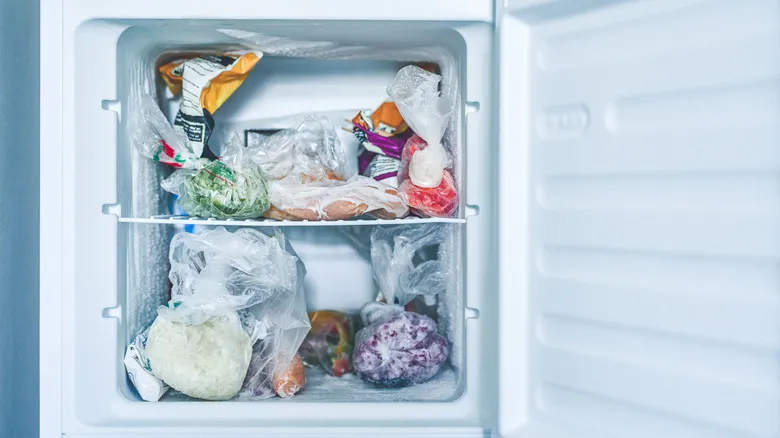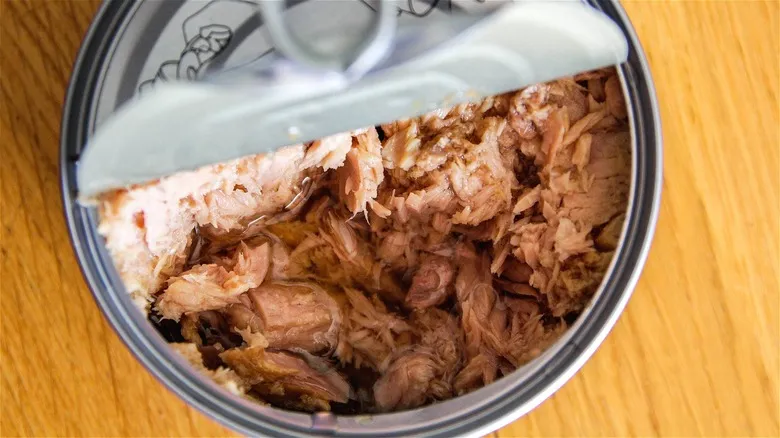How to store feta and tell when it's gone bad

Feta is a perishable product and should always be kept in the refrigerator at temperatures below 40 degrees Fahrenheit. It's crucial to retain the brine, as it plays a key role in preserving the cheese's flavor and freshness. When you open a package, be sure not to discard the brine; this salty water is what the cheese is intended to be immersed in. If you accidentally pour out the brine, you can create a substitute by mixing 1 teaspoon of kosher salt with 1 cup of water; adjust the quantities as needed.
You can also freeze feta. Simply drain the brine, then wrap the cheese in freezer-safe materials, such as plastic wrap followed by aluminum foil; it can be stored this way for up to three months.
If you're unsure how long the feta has been in the fridge, there are several indicators of spoilage. Look for any visible mold; feta is typically an ivory or slightly off-white color, so any green spots or discoloration mean it has gone bad. If it appears fine but you're still uncertain, tasting it can help. Feta should have a mild tang, but if it tastes unpleasantly sour, it's best to discard it. Additionally, if it has a bread-like flavor, that indicates yeast growth, and it should also be thrown away.
Recommended

5 Tips To Maximize Your Freezer Space Just In Time For The Holidays

The 3 Freezer Staples Ina Garten Always Keeps On Hand

Why Your Refrigerator Is Actually The Best Place To Store Canned Tuna

Is It Safe To Refreeze Ground Beef That's Already Been Thawed?
Next up

